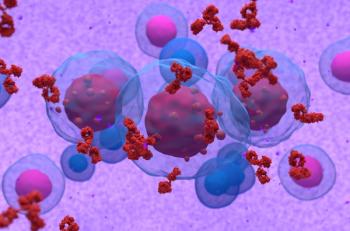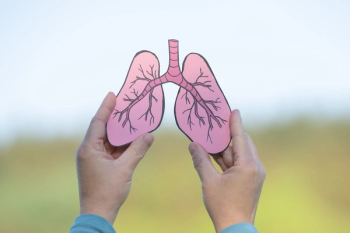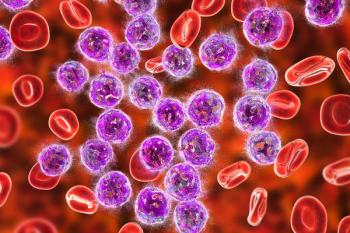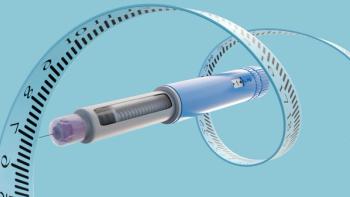
How to "Lean Out" Your Pharmacy's Work Flow
Low-resource pharmacies, such as many community free clinics, face unique efficiency challenges. Incorporating electronic medical records improves care and saves time, but the system designers produced these tools for larger and better staffed workplaces.
Low-resource pharmacies, such as many community free clinics, face unique efficiency challenges. Incorporating electronic medical records improves care and saves time, but the system designers produced these tools for larger and better staffed workplaces.
A well-designed informatics tool complements the organization’s workflow, clinical roles, and challenges encountered. The barriers between system users (eg, their ability to explain their needs and problems) and the developers limit feedback. Time-motion studies overcome these barriers through direct observation. The users must assess quality, efficiency, and costs of workflows to determine system design. However, the in-person scrutiny during time-motion studies may impact a worker’s behavior. For example, some workers might avoid using unintended workarounds for non—value-added tasks, thereby exaggerating the impact of poor system design.
The “Lean” methodology identifies value-added tasks and seeks to eliminate non—value-added tasks (waste). Value is the ability for the process to meet the customers’ needs at a certain price and time. Businesses conducting a Lean-based review should maintain non–value-added tasks integral to business. Workflow tasks can be separated into primary (customer-facing) and internal (primary task-supporting) tasks. Wasteful primary tasks are easier to identify (so-called “low hanging fruit”) but improving the efficiency of internal tasks is critical.
Lean’s waste reduction differs from Six Sigma task homogenization in that it identifies individual valuable tasks, whereas Six Sigma reduces the number of tasks necessary to complete tasks. In essence, Lean eliminates waste from and Six Sigma streamlines the workflow.
Researchers from the University of Pittsburgh address suboptimal pharmacist utilization in a low-resource pharmacy workflow in a new study published on September 29, 2016 by BMC Health Services Research.1
The study authors measured the time spent by pharmacists at the Birmingham Free Clinic dispensary on various tasks. The investigators sorted tasks into value-added or non—value-added and calculated a value quotient representing workflow efficiency.
The study pharmacists spent the majority of their time on non—value-added tasks. They perceived spending 40% of their time dispensing as indicative of waste. Pharmacists cannot eliminate dispensing from the pharmacy workflow no matter how non–value-added it may be. Practitioners of Lean methodology must focus on the granular aspects of dispensing removable from the workflow.
The pharmacists wanted to spend more time on tasks they considered value-added, such as education and counseling. The clinical pharmacists valued collaborative practice and direct patient—pharmacist communication—tasks drawing from medication expertise.
A Maltese study’s results showed that pharmacists spend 21% of their time on necessary administrative tasks they can delegate to other personnel.2 The Birmingham Free Clinic has a hybrid paper/electronic system that’s more inefficient than a fully electronic workflow. The largest workflow challenges were born from the hybrid system: handwritten medication labeling, triple documenting, and lack of inventory control. Non—value-added tasks slow inexperienced workers the most because they lack workarounds.
University of Utah researchers used Lean methodology to identify patient education waste at 2 clinics in their regional system.3 The family medicine clinic providers were much more likely to complete patient education than their internal medicine and family planning colleagues. The family medicine clinicians delegated materials compilation and electronic documentation to nonclinical support staff members. Pharmacists can delegate many tasks to technicians (depending on state laws) to free up time for pharmacist-exclusive services. Further, the printers at the family medicine clinic were conveniently located. One-time investments of time and energy (eg, moving a printer or changing default print settings) prevent repeated, small, wasteful activities.
The Lean methodology improves efficiency by guiding the removal of wasteful tasks within a workflow. Waste removal and avoidance improves productivity and morale. Combining Lean with purposeful delegation of tasks to technicians and other support staff, as legally applicable, can greatly improve an organization’s workflow.
References
- Fisher AM, et al. Measuring time utilization of pharmacists in the Birmingham Free Clinic dispensary. BMC Health Services Research. 2016;16(1):529.
- Wirth F, et al. Time and motion study for pharmacists’ activities in a geriatric hospital. Int J Pharm Pract. 2009;17(6):373-376.
- Shipman JP, et al. Provider documentation of patient education: a lean investigation. J Med Libr Assoc. 2016;104(2): 154-158.
Newsletter
Stay informed on drug updates, treatment guidelines, and pharmacy practice trends—subscribe to Pharmacy Times for weekly clinical insights.
















































































































































































































